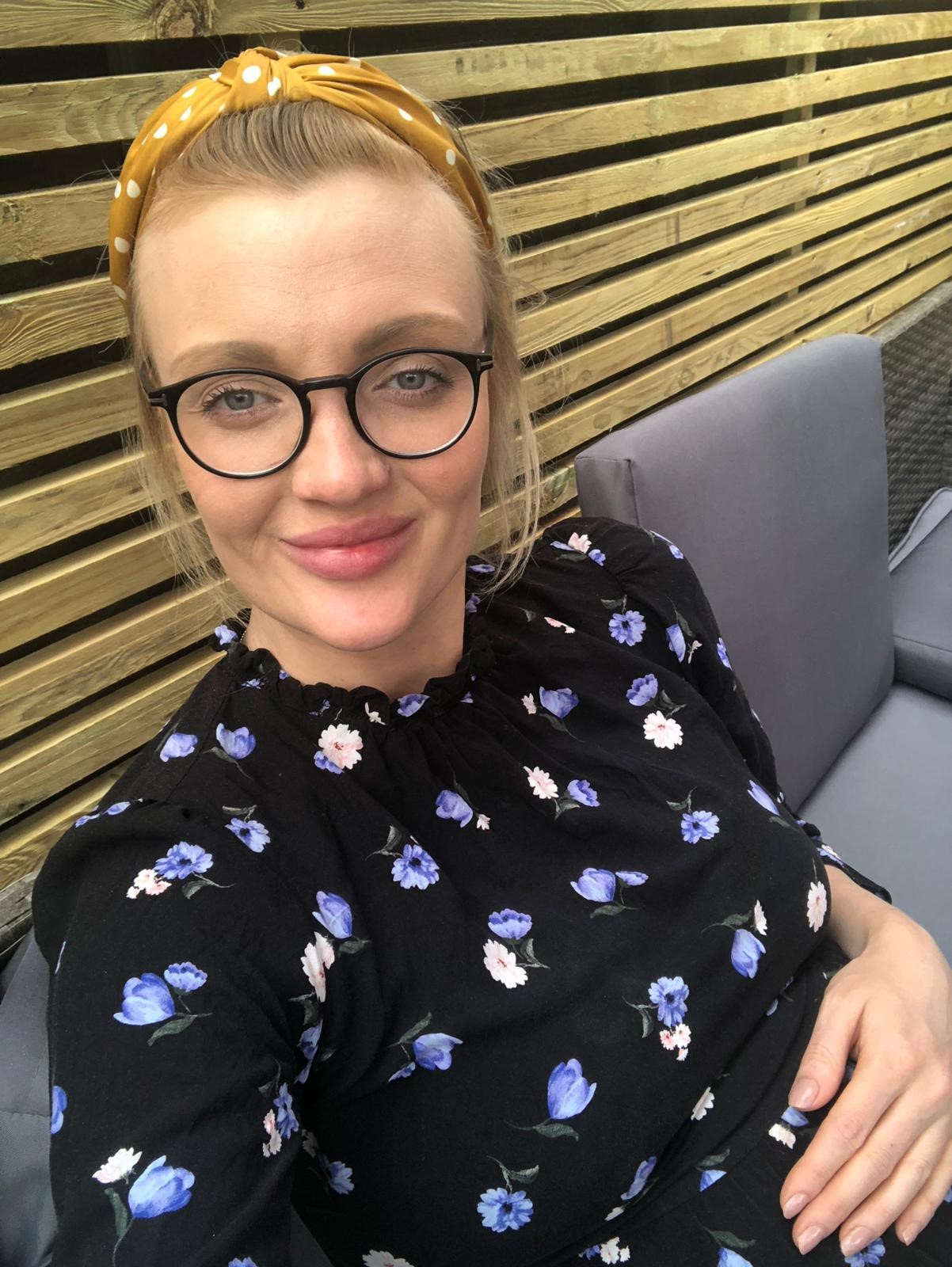I was diagnosed with Cystic Fibrosis at 6 weeks old, and over the years I have had numerous cold and viruses which have caused lung scarring and consequently the loss of critical lung capacity. Cystic Fibrosis causes thick sticky mucus to build up throughout the body, and most importantly in the lungs, which traps and incubates infection - invariably leading to long term lung damage. I dread the winter season as it brings coughs, colds and the flu virus into our shared environment and presents an immediate and permanent threat to my health.
What for most people is a minor cough or cold, is far more threatening for me, as every virus I catch has the potential to leave me with sustained and irreversible lung damage. I am 24 years old, and now only have 55% of my lungs functioning.
I am very used to self-isolating when I feel at risk from others, even when I am not ill. I will avoid seeing friends or family if I know someone is unwell and I avoid the office if someone reports they have been ill. I hold my breath when someone coughs or sneezes on public transport and my hand sanitiser is always close by. Whilst I may look like a healthy person on the outside, on the inside I look and feel very different, and I am not alone. Indeed, about 15 million people in the UK are living with a long term health condition.
Whilst working at The Scar Free Foundation, it has become clear that my fears are shared by some of those who have experienced a traumatic injury – such as a burn or conflict wound. Trauma can cause temporary immunosuppression, and any injury to the skin causes a breach in our natural barriers, leading to a heightened risk of infection during the healing period.
Moreover, whilst self-isolation is the new norm for many during the COVID-19 pandemic, it is also a reluctant choice for some who have experienced a visible change to their appearance following an injury. Indeed, a survey we conducted last year showed that, out of 1,000 respondents (aged 16 years old and over), close to a quarter (23%) said that scars had caused short term emotional or physical problems. A further 14% have suffered from long term emotional or physical problems due to scarring (Census wide poll of 1,000 UK respondents (16+) September 2019).
Professor Diana Harcourt (Professor of Appearance and Health Psychology at the Centre for Appearance Research at the University of the West of England, Bristol) confirms there is a body of research evidence suggesting that some people with visible differences do report issues, such as anxiety about social situations and may worry about the reactions of other people. This can sometimes result in social avoidance. However, she emphasises that not everyone is equally affected and it’s important for researchers and clinicians to learn from those who do manage the challenges they face well, in order to provide effective support and intervention for those who are struggling.




